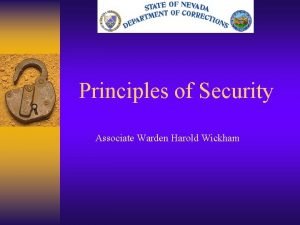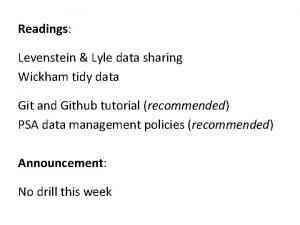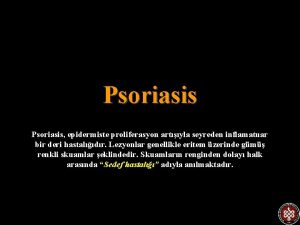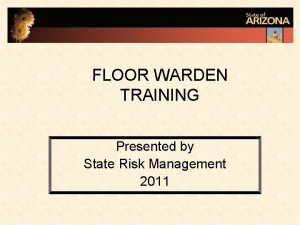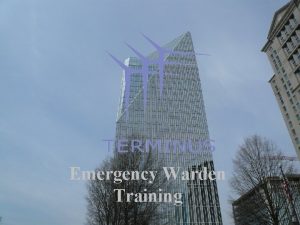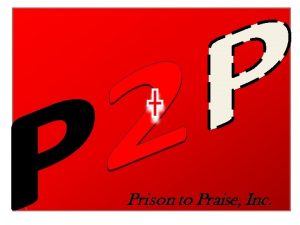Principles of Security Associate Warden Harold Wickham Principles














- Slides: 14

Principles of Security Associate Warden Harold Wickham

Principles of Security ¨ Goals: The Nevada Department of Corrections, as a law enforcement agency, has the duty and responsibility to ensure not only a safe and secure environment within its institutions/facilities, but to also ensure the safety and security of the public and citizens of Nevada. ¨ Objectives: “administrative philosophy” “security concerns” “methods and techniques” preventing escapes, maintaining order and ensuring a secure climate within a correctional setting. “importance of institution security programs”. “methods and techniques” one can use to reduce security problems relating to principles of security. “importance of security” from an inmate’s point of view.

Principals of Security ¨ Today, one of the primary goals is Corrections. ¨ Mentor, Motivate, Lead, Guide, Direct and Protect ¨ Prison industry, academic and religious programs are commonplace in most institutions. All these required programs, however, require movement of inmates from one part of the institution to the other; authorized tools and materials also must be available to inmates. Maintaining security under these conditions poses a complex problem.

Security Concerns Correctional institutions/agencies have three major security concerns: ¨ Ensuring the safety of inmates and staff ¨ Maintaining order ¨ Preventing escapes

THE INSTITUTIONAL SECURITY PROGRAM ¨ As a correctional officer, you are not responsible for planning and supervising the security program. However, you will often be responsible for executing it. You need to know your institution/facility security plan for three reasons. ¨ Spot problems ¨ Implement the plan effectively ¨ Suggest improvements

Secure Climate ¨ What is a Secure Climate ? ¨ Reducing Problems through Programs ¨ Reducing Problems through Communications ¨ Security from the Inmates Point of View

What are the Keys to Safety & Security Fundamentals

Safety & Security Fundamentals ØSearches ØCount Procedures ØKey Control ØInmate Management

Searches ¨ Pat down ¨ Cleaning house ¨ Perimeter search / check ¨ Vehicle search ¨ Contraband control ¨ Unclothed

Count Procedures ¨ Fundamentals of Counting ¨ Count Procedures ¨ Six types of Counts ¨ Formal ¨ Informal ¨ Out ¨ Negative ¨ Picture ¨ Emergency

Key Control ¨ General working keys ¨ Restricted keys ¨ Emergency keys

Inmate Management ¨ Inmate Classification ¨ Responding vs. Reacting ¨ Mismanagement: Cause & Effect ¨ Managing inmates Mind vs. Muscle

Things to Remember ¨ Be professional ¨ Use professional language ¨ Have a plan ¨ Avoid a one on one situation ¨ There is safety in numbers ¨ Think safety and control ¨ Issue simple commands ¨ When you decide to act, move quickly ¨ Demand immediate compliance ¨ De–escalate your level of force as soon as you gain compliance ¨ Don’t get distracted ¨ Never relax

 Associate warden
Associate warden Why did mr darcy pay for lydia's wedding
Why did mr darcy pay for lydia's wedding Wickham tidy data
Wickham tidy data Woronoff halkası
Woronoff halkası Wickham
Wickham Wickham
Wickham Being mr wickham
Being mr wickham Floor warden training
Floor warden training Fire drill ppt
Fire drill ppt John lamanna warden
John lamanna warden Iowas state bird
Iowas state bird Society of fire safety
Society of fire safety St johns ambulance fire warden training
St johns ambulance fire warden training Fire warden training powerpoint download
Fire warden training powerpoint download Floor warden training
Floor warden training
